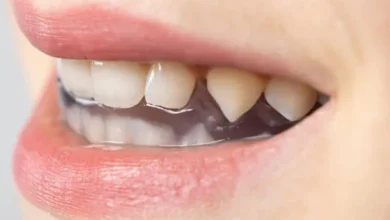Comprehensive Guide to Uterine Fibroids Treatment
Explore effective Uterine Fibroids Treatment options available at Flowcare
Understanding Uterine Fibroids
Uterine fibroids are non-cancerous growths that develop in the uterus, affecting many women during their reproductive years. These fibroids can vary in size and number and may cause a range of symptoms, including heavy menstrual bleeding, pelvic pain, and pressure symptoms. While fibroids are common, their treatment is essential to alleviate symptoms and improve quality of life.
Symptoms of Uterine Fibroids
Symptoms can vary significantly among individuals. Common signs include:
- Heavy menstrual bleeding or prolonged periods
- Pelvic pressure or pain
- Frequent urination
- Difficulty emptying the bladder
- Pain during intercourse
- Back or leg pain
If you experience any of these symptoms, it’s crucial to consult a healthcare provider for an accurate diagnosis.
Diagnosis of Uterine Fibroids
Diagnosis typically begins with a thorough medical history and physical examination. Healthcare professionals may recommend imaging tests such as:
- Ultrasound: To visualize the fibroids and determine their size and location.
- MRI: For detailed images of the uterus and surrounding tissues.
- Hysteroscopy: A procedure to examine the inside of the uterus using a thin, lighted tube.
Treatment Options for Uterine Fibroids
At Flowcare, various treatment options are available, depending on the size, location of the fibroids, and the severity of symptoms:
- Medications: Hormonal treatments can help manage symptoms by shrinking fibroids and controlling bleeding. These may include birth control pills or medications that reduce estrogen levels.
- Minimally Invasive Procedures: Options like uterine artery embolization (UAE) involve cutting off the blood supply to fibroids, causing them to shrink.
- Surgical Options: For larger or multiple fibroids, surgical removal may be necessary. This can include myomectomy, which removes the fibroids while preserving the uterus, or hysterectomy, which involves removing the uterus entirely.
- Watchful Waiting: If fibroids are small and asymptomatic, monitoring them without immediate treatment may be an option.
Conclusion
Effective Uterine Fibroids Treatment is crucial for managing symptoms and maintaining overall health. If you suspect you have fibroids or are experiencing related symptoms, reach out to Flowcare for personalized care and treatment options tailored to your needs. Prioritize your health and well-being by seeking professional guidance today.




